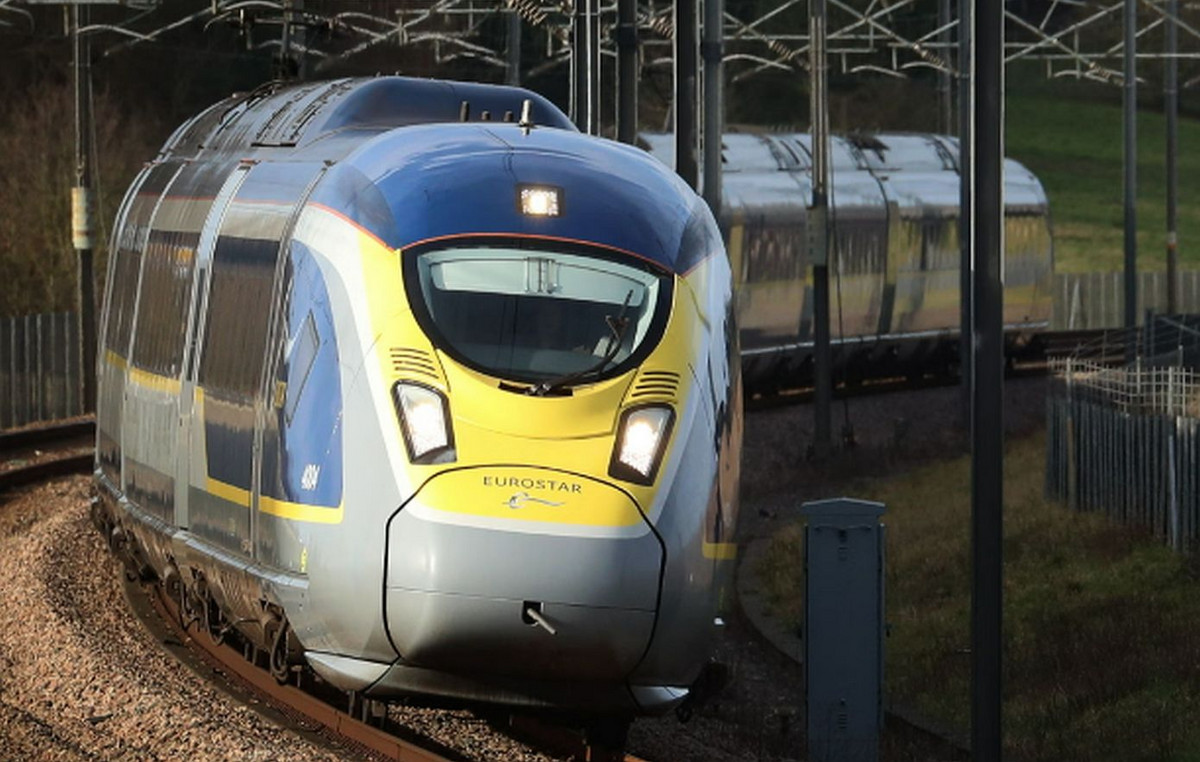A FedEx cargo plane trying to land and a Southwest Airlines jet taking off nearly collided on an airport runway last year because of an air traffic controller’s faulty assumptions in heavy fog. The conclusion came from National Transportation Safety Board investigators at a hearing on Thursday (6).
“It is a mistake. We are all human,” said NTSB Chair Jennifer Homendy. “That’s why you have technology to provide that extra layer of protection, not just in the turret, but also in the cockpit of the plane.”
The hearing focused on one of the country’s closest near-collisions in years, when heavy fog enveloped Austin-Bergstrom International Airport in February 2023.
Air traffic controllers cleared the FedEx Boeing 767 to land on runway 18 left and also cleared the Southwest Airlines Boeing 737 jet to take off using the same runway, the NTSB said.
The FedEx crew realized they were about to land on top of the Southwest plane and asked the Southwest crew to abort the takeoff. The FedEx crew then aborted their landing – avoiding what could have been a mass disaster.
See the simulation about the case:
The incident came amid a sharp increase in “track incursions” last year. The NTSB said Wednesday that a near collision between two planes at New York’s John F. Kennedy International Airport in January 2023 was caused by pilots who were repeatedly distracted in the cockpit.
The Federal Aviation Administration responded to the series of incidents with additional controller training and a rare national safety summit. There have been at least seven in that top category so far this year — classified in FAA nomenclature as level A or B.
Of the 23 near-collisions last year, Austin was the closest.
“This really could have ended in catastrophe and the death of 133 people,” Homendy said. to CNN after the board meeting.
Air traffic controller had ‘inaccurate mental model’
Thursday’s hearing offered more details about the near-collision and recommendations on how to avoid such an incident in the future.
The air traffic controller who had cleared both flights, Damian Campbell, later told NTSB investigators that he “couldn’t see anything” on the ground through the fog.
The NTSB’s findings show that when the Southwest pilot radioed to the tower, the controller “never determined the plane’s precise position” before clearing its takeoff. His incorrect assumption was that the Southwest plane could take off before a FedEx jet landed on the same runway.
However, taxiing and takeoff take longer in bad weather, and the Southwest plane was on the runway for 19 seconds performing a procedure that is necessary under the weather conditions, the board said.
The board concluded that the controller used an “inaccurate mental model” and was biased in his past experience with Southwest pilots in assuming the company jet would have time.
Ultimately, the FedEx plane was between 150 and 175 feet away from landing on top of the Southwest plane before anyone saw possible disaster. A FedEx pilot said in an interview with the NTSB that he saw the silhouette of the Southwest plane’s wing appear through the clouds and quickly managed to move away.
The weather in Austin that day was so cloudy that the controller later told investigators he was listening to the Southwest plane’s engines to see if it had taken off. After the FedEx pilot avoided the collision, the controller issued instructions that suggested he believed the Southwest jet was still on the ground, a board member said.
“This is not indicative of a safe aviation system,” Homendy said. “That’s not security.”
The NTSB issued seven recommendations Thursday based on the Austin incident, including installing technology at all commercial airports to detect the movement of planes and vehicles on the ground. The technology is currently in use at only a few dozen airports.
The NTSB asked the FAA to require pilots to report their position frequently when taxiing in limited visibility conditions.
The board also revealed alarming conditions for the weather office at the Austin airport, although members did not blame the observer on duty. The windowless weather office has no Internet access or cell service. And the office has an FAA-issued computer, but no password to log in.
Source: CNN Brasil
Bruce Belcher is a seasoned author with over 5 years of experience in world news. He writes for online news websites and provides in-depth analysis on the world stock market. Bruce is known for his insightful perspectives and commitment to keeping the public informed.







